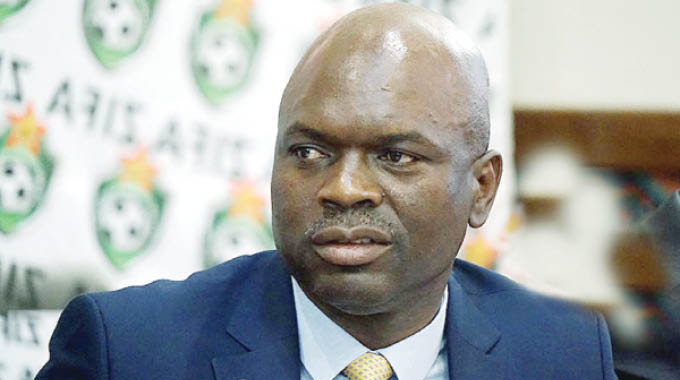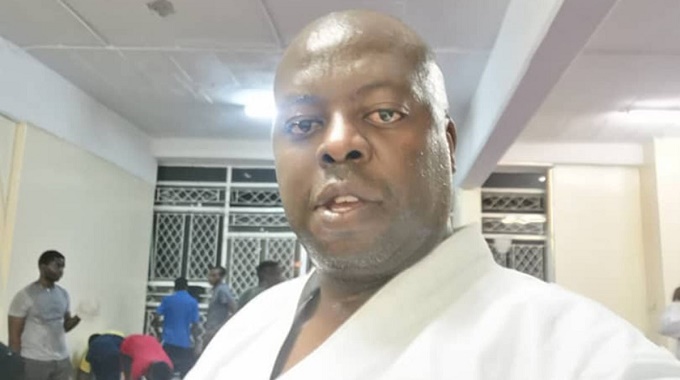Zifa should be very transparent with Covid-19 relief package

Sikhumbuzo Moyo, Senior Sports Reporter
EMERGING from their executive committee meeting last week, Zifa president Felton Kamambo announced that his executive has resolved to allocate $110 500 000 as a Covid-19 relief package for the resumption of football which wasn’t sparred from effects of the novel coronavirus.
The money is part of the US$1,5 billion global football rescue package from Fifa that will see its 211-member associations getting US$1,5 million each, while another US$300 000 will come from the Confederation of African Football (Caf). The money comes in two tranches, with the first coming this month and the next in early January 2021.
Kamambo announced that the biggest beneficiary will be the Premier Soccer League whose members will share US$390 175.
Women’s football was given a grant of US$500 000 by Fifa as part of efforts to capacitate the girl child.
The distribution of these funds has, however, angered a number of affiliates, which are questioning the wisdom of them getting the funds in local currency instead of Zifa remitting the funds in hard currency.
Phillimon Machana, the Zifa board member in charge of finances, said they chose to use the local currency for the purposes of reporting since the Zimbabwe dollar is the official currency.
Of the total package of $110 500 000, Kamambo broke it down as follows; $25 675 000 (PSL), $1,3 million (PSL administration fees), $4,8 million (testing kits), $6,5 million (medical equipment) and $32 500 000 for women’s football.
This does not add up to $110,5 million, but to $73 700 000.
Where is the other $36 800 000 going?
Suppose all is well and the allocation does come to $110.5 million using the official bank rate at the time of the announcement by Kamambo, which was pegged at 1:65,87, that figure translates to US$1 677 546,68 yet everyone knows that US$1,8 million is the allocated figure by Fifa, where is the remaining US$122 453,32?
The other question that demands an answer is why did Zifa decide to give women’s football $32 500 000 when Fifa exclusively allocated them US$500 000 which, based on prevailing exchange rate last week, was equivalent to $32 935 000. Where has the $435 000 gone to?
These funds haven’t yet been remitted to their intended beneficiaries and it’s common cause that the rate is now decided through an auction process that sees the rate fluctuating every week and as such why did Zifa choose to base its distribution on last week’s rate?
What if at the time of disbursement the US$390 175 allocated to the PSL will not be equivalent to $25 675 000, but higher or even less?
The affiliates must demand to be paid in hard currency and how and what they do with those funds is not Zifa’s business. This was not Zifa’s benevolence, but Fifa money and the national association is only a conduit and hence it was even wrong for Kamambo to say his executive committee resolved. No it never resolved anything, but it was the Fifa council that resolved to avail the funds.
It’s no longer against the law to transact in hard currency in Zimbabwe, so why is Zifa choosing to pay its affiliates in local currency when it received the money in hard currency, and more crucially why convert using an old exchange rate?
Fifa was very clear in its circular to affiliates that there is need for an efficient and transparent system that incorporates a robust governance structure.
“Based on the internal analysis of the Fifa administration, as well as advice provided by an external legal counsel and having taken into consideration the feedback received during the consultation process, a number of key considerations emerged.
“Areas in which funds provided within stage three can be used include but are not limited to the following, provided they have been adversely affected by Covid-19; the restart of the competitions across all catergories (where the sanitation and government policy permit), the implementation of return to play protocols, including testing, the participation of national team of all age categories in restarted competitions, the payment of staff costs and (re) hiring of essential staff where necessary, the maintenance of football infrastructure and the payment of general administration and operating costs,” wrote Fifa.










Comments